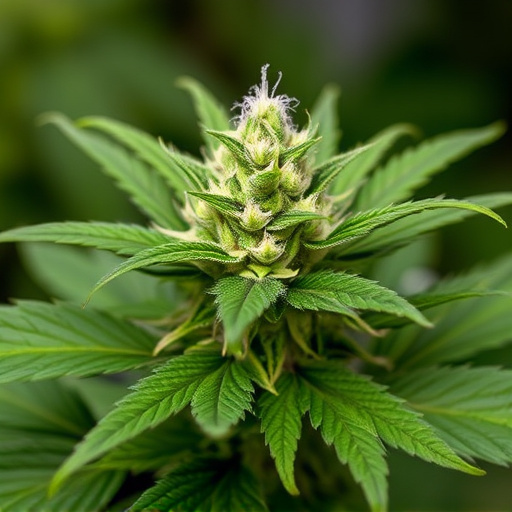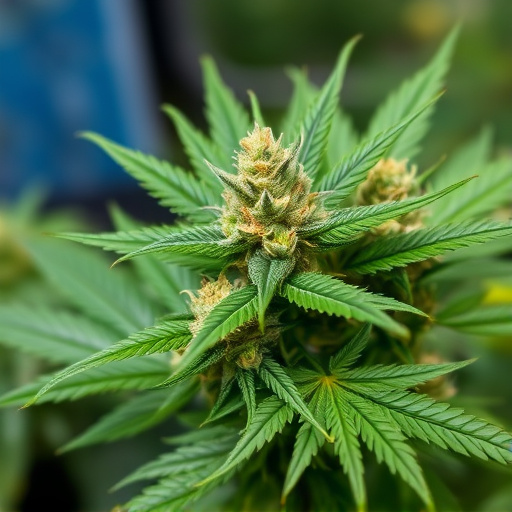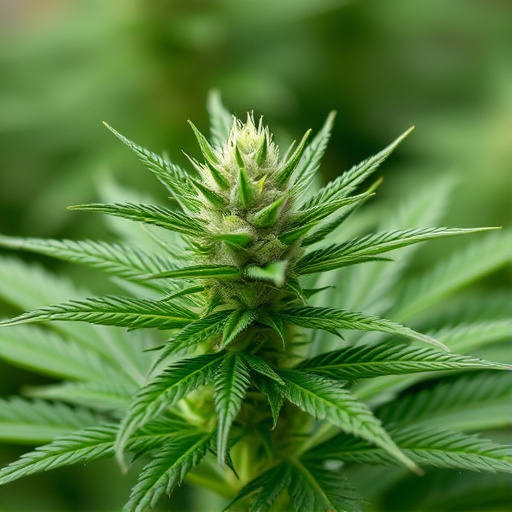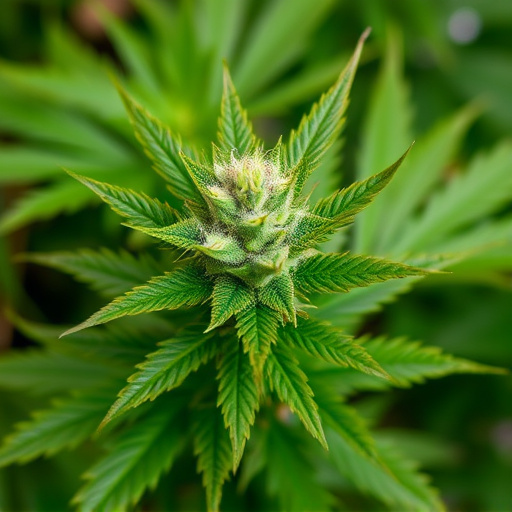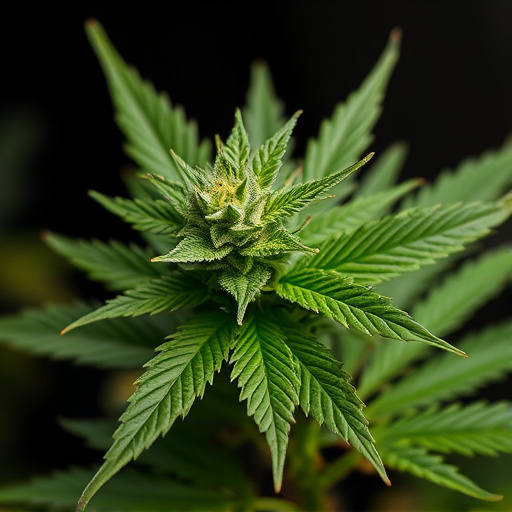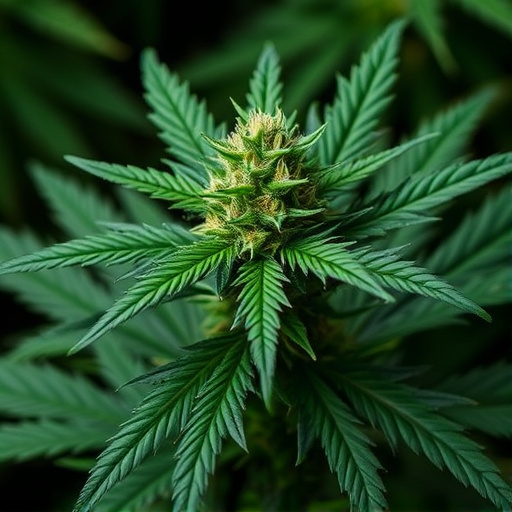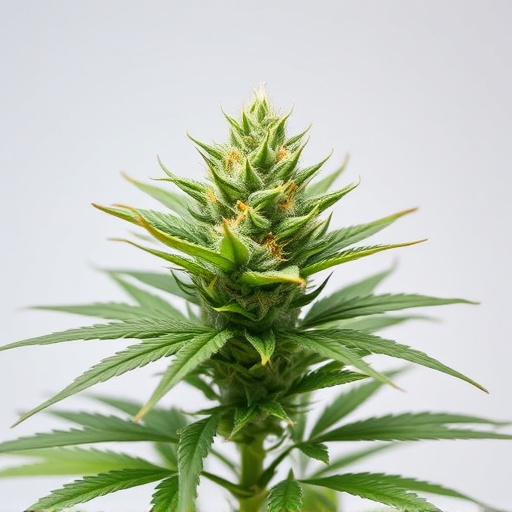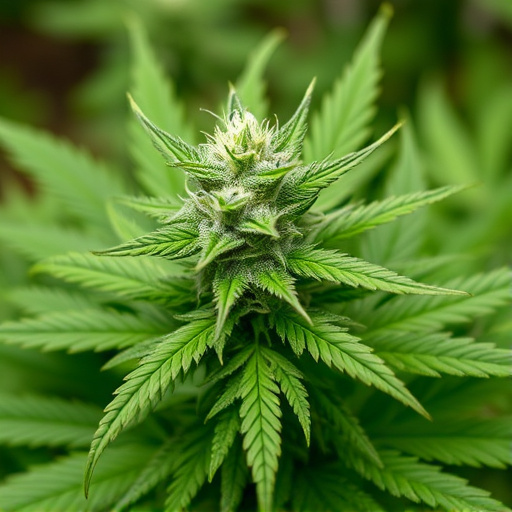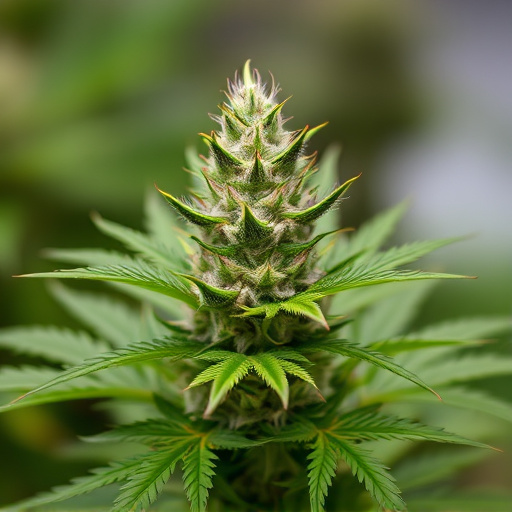TL;DR:
Cannabis consumption, especially high-THC strains, can have immediate adverse effects on daily life, including altered perception, impaired decision-making, memory issues, heightened anxiety/paranoia, and respiratory problems. Regular use may impact brain structure and function, affecting learning, memory formation, and attention, particularly in adolescents. For individuals considering cannabis for ADHD management, understanding these potential side effects is crucial. Consulting healthcare professionals and choosing low-THC strains can help mitigate risks while providing desired benefits.
“Smoking weed, while a growing trend, carries significant side effects, especially for individuals with Attention Deficit Hyperactivity Disorder (ADHD). This article delves into the intricate relationship between cannabis consumption and ADHD, exploring both short-term impacts—mental, physical, and emotional—and potential long-term consequences.
We discuss how different cannabis strains might either aggravate or alleviate ADHD symptoms, weighing the risks against potential benefits. Additionally, we provide coping strategies and highlight resources for those seeking help, including support groups, counseling, and alternative treatments.”
- Short-Term Effects of Weed Consumption
- – Mental and cognitive impacts, such as altered perception, memory, and concentration.
- – Physical reactions like increased heart rate, blood pressure changes, and potential respiratory issues.
Short-Term Effects of Weed Consumption
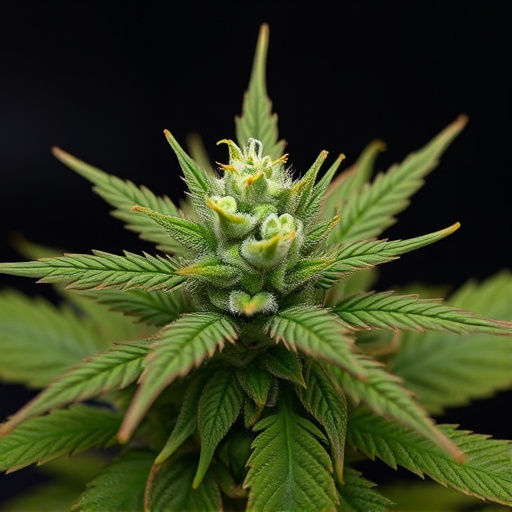
Cannabis consumption, especially among those considering cannabis strains for ADHD, can have noticeable short-term effects. These may include altered perception and coordination, making routine tasks more challenging. Decision-making capabilities might also be impeded, leading to potential safety risks while driving or operating machinery. Additionally, short-term memory issues and difficulty concentrating are common, impacting both academic and work performance. Users often experience heightened sensory awareness, which can be enjoyable for some but overwhelming for others, potentially triggering anxiety or paranoia.
Other immediate effects include increased heart rate, elevated blood pressure, and a distorted sense of time. The impact on respiratory health is significant, with coughing, wheezing, and a higher risk of respiratory infections possible due to the inhalation of smoke or vapor. These short-term consequences underscore the importance of understanding cannabis’ effects before considering its use for conditions like ADHD, especially without proper medical guidance.
– Mental and cognitive impacts, such as altered perception, memory, and concentration.
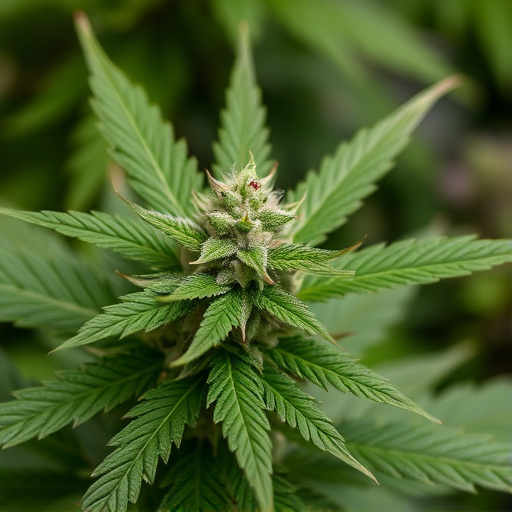
Cannabis use, especially among younger individuals, has been linked to potential mental and cognitive side effects, particularly when it comes to perception, memory, and concentration. The active compounds in cannabis, such as THC, can interact with the brain’s endocannabinoid system, which plays a role in regulating mood, memory, and sensory perception. While some individuals may find relief from certain symptoms using cannabis, including those with conditions like ADHD who explore cannabis strains for adhd, there are concerns about its impact on cognitive function.
Research suggests that regular cannabis use can lead to alterations in brain structure and function, affecting areas responsible for decision-making, memory formation, and attention. This is especially relevant for adolescents and young adults whose brains are still developing. These mental and cognitive impacts may manifest as difficulties with learning new information, problems with short-term memory, and challenges in maintaining focus and concentration over extended periods. Understanding these potential effects is crucial for both individuals considering cannabis use and healthcare professionals advising patients on its therapeutic applications.
– Physical reactions like increased heart rate, blood pressure changes, and potential respiratory issues.
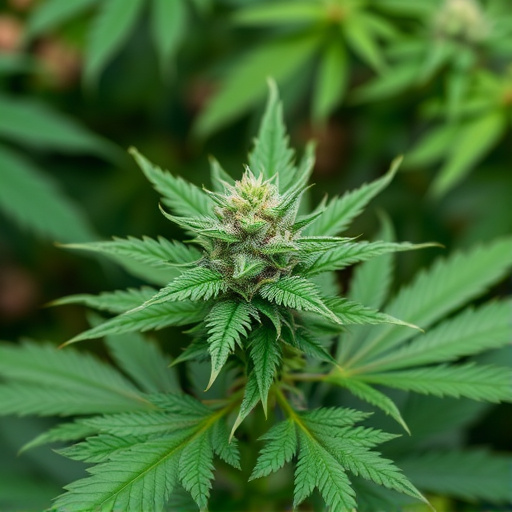
Smoking weed can trigger various physical reactions, especially in those with underlying health conditions or those who consume high-THC cannabis strains for ADHD management. One of the most immediate effects is an increased heart rate and blood pressure. This stimulation of the cardiovascular system can lead to feelings of anxiety or even panic attacks in some individuals, particularly if they’re not used to such intense sensations.
Respiratory issues are another concern, as smoking any substance can irritate and damage lung tissue over time. Cannabis smoke contains many of the same irritants as tobacco smoke, which can exacerbate asthma or chronic obstructive pulmonary disease (COPD). For those using cannabis for medical purposes, it’s crucial to consult a healthcare professional first, especially if they have pre-existing respiratory conditions or heart problems. Choosing low-THC cannabis strains for ADHD treatment might help mitigate these risks and provide the desired focus and calmness without excessive physical side effects.
While cannabis strains are often touted as a treatment for various conditions, including ADHD symptoms, it’s crucial to acknowledge the potential side effects, especially in the short term. The mental and cognitive impacts of smoking weed can significantly affect focus and memory, while physical reactions like increased heart rate may be concerning for certain individuals. Understanding these temporary effects is essential before incorporating cannabis into any treatment plan, particularly for those considering cannabis strains for ADHD management. Further research and consultation with healthcare professionals are recommended to ensure informed decision-making.

